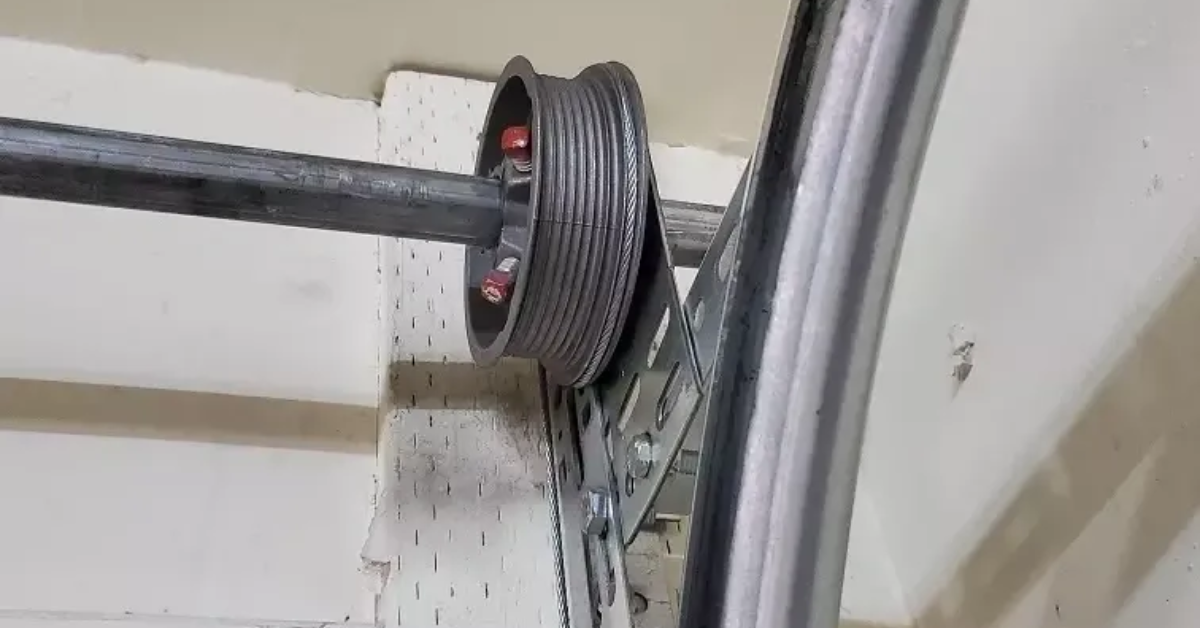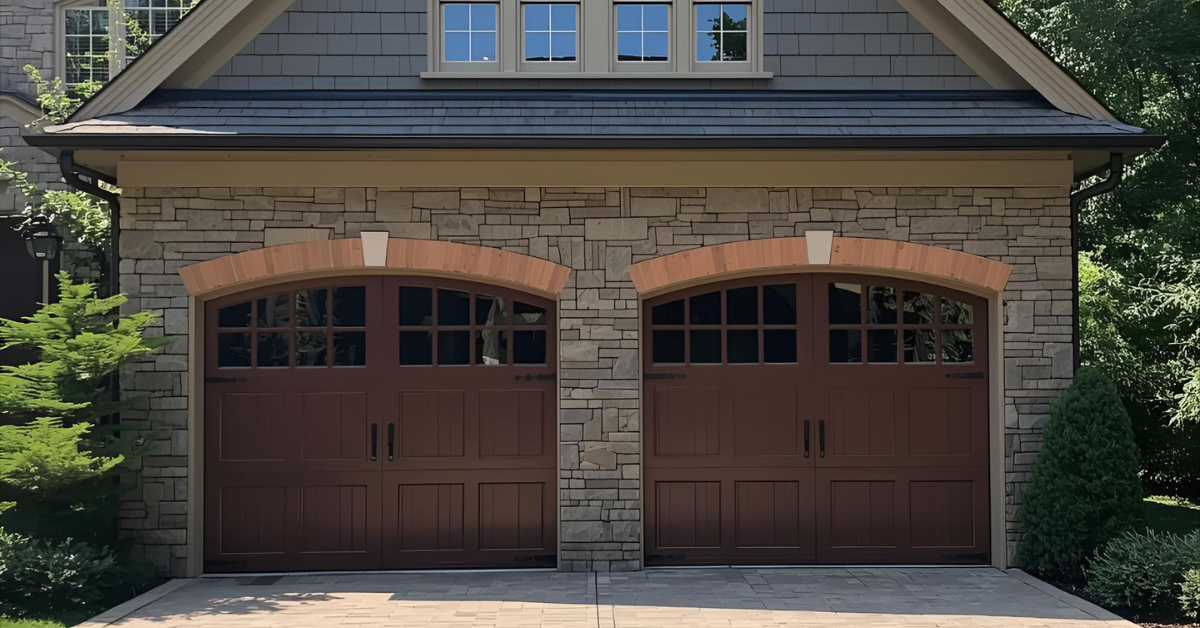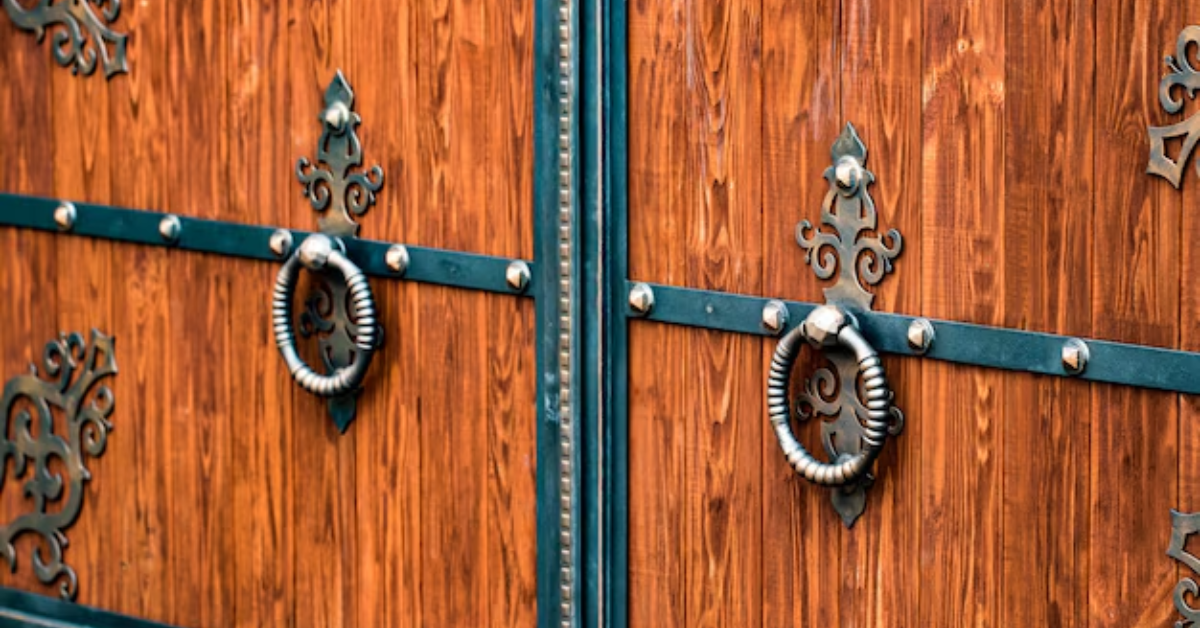Common Signs of Failing Garage Door Cables You Shouldn't Ignore
Garage door cables play a pivotal role in the smooth and safe operation of your garage door system. Often overshadowed by more visible components, these cables are integral to the counterbalance mechanism, ensuring the door's controlled movement. Understanding the importance of garage door cables is essential for homeowners and property managers alike, as these components, when functioning optimally, contribute to the door's reliability and longevity.
However,
ignoring early signs of cable issues can lead to a cascade of problems, potentially resulting in safety hazards and costly repairs. In this exploration, we will delve into the critical role of garage door cables, shedding light on their significance and emphasizing the importance of recognizing early warning signs that should not be overlooked. By staying attuned to these indicators, homeowners can address cable issues promptly, ensuring the continued safe and efficient operation of their garage doors.
Getting A Better Understanding Of Garage Door Cables
Garage door cables serve a critical role in the overall functionality of the door system, functioning as integral components of the counterbalance mechanism. Acting in tandem with the springs, these cables bear the weight of the door, facilitating smooth and controlled movement. As the door opens or closes, the cables ensure that the weight is evenly distributed, preventing any sudden or uncontrolled movements. Their role in providing balance and support is fundamental to the safe and efficient operation of garage doors. Understanding the significance of these cables is key to appreciating their impact on the door's performance and longevity.
Types of Garage Door Cables
Garage door cables come in different types, each designed to fulfill specific functions within the door system. The two primary types are lift cables and safety cables. Lift cables are responsible for lifting the door and are attached to the bottom corners of the door and the counterbalance mechanism. Safety cables, on the other hand, act as a crucial safety feature, preventing the door from crashing down in case of a cable failure. These cables run through the extension springs and provide an additional layer of security. Recognizing the distinctions between these cable types is essential for homeowners and maintenance professionals alike, as it informs proper care, maintenance, and potential troubleshooting efforts to ensure the continued reliability of the garage door system.
Common Signs of Failing Cables
Unusual Noises during Operation: One of the primary indicators of failing garage door cables is the emergence of unusual noises during door operation. If you hear grinding, scraping, or popping sounds while the door is in motion, it may signal that the cables are experiencing excessive wear or damage. These noises often result from misalignment or fraying of the cables, highlighting the need for prompt inspection and potential replacement to prevent further deterioration.
Imbalances and Uneven Movement:
Failing cables can lead to imbalances in the garage door system, causing the door to move unevenly during operation. If you observe one side of the door rising or lowering faster than the other, it suggests a potential cable issue. Imbalances not only compromise the door's smooth movement but also pose safety risks. Addressing these irregularities promptly is crucial to prevent further damage to the cables and ensure the continued safe and effective functioning of the garage door.
Frayed or Damaged Cables:
Visible signs of cable wear, such as fraying or visible damage, are clear indicators of potential failure. Inspect the cables regularly, paying attention to any signs of unraveling or distortion. Frayed cables compromise the structural integrity of the entire door system and increase the risk of sudden malfunctions. Identifying and addressing frayed or damaged cables early on is essential for preventing safety hazards and avoiding more extensive repairs in the future. Regular visual inspections can be instrumental in catching these warning signs before they escalate.
Slow or Jerky Door Movement:
Another notable sign of failing garage door cables is a noticeable change in the speed or smoothness of the door's movement. If you observe that your garage door is moving slower than usual or exhibiting a jerky motion during operation, it may indicate issues with the cables. Slow or uneven movement can result from increased friction or resistance caused by damaged or deteriorating cables. This symptom not only affects the convenience of using the garage door but also hints at potential safety concerns. Addressing slow or jerky door movement promptly through a thorough inspection of the cables is crucial to maintain the overall efficiency and safety of the garage door system.
Safety Implications
The risks associated with failing garage door cables extend beyond mere inconvenience, posing potential safety hazards for both property and individuals. When cables fail, the door's balance is compromised, increasing the likelihood of sudden and uncontrolled movements. This poses a significant risk of injury to anyone in the vicinity, including homeowners and their families. Additionally, failing cables can lead to an imbalanced door, potentially causing it to become misaligned and fall off its tracks. Understanding the risks linked to failing cables underscores the importance of timely inspections and necessary repairs to maintain a safe garage environment.
Beyond the immediate safety concerns, failing cables can result in substantial damage to property. A sudden and uncontrolled descent of the garage door can lead to vehicle damage, destruction of stored items, and harm to the structure itself. The potential for property damage underscores the need for vigilant monitoring of cable health and proactive measures to address issues promptly. By recognizing the safety hazards associated with failing cables, homeowners can prioritize regular maintenance and
seek professional assistance to mitigate risks, ensuring a secure and well-functioning garage door system.
DIY Inspection and Maintenance
Conducting regular visual checks for cable issues is a proactive and straightforward DIY maintenance approach. Inspect the cables visually, looking for any signs of fraying, kinks, or visible damage. Ensure that the cables are properly aligned and securely attached to the door and the counterbalance system. Identifying and addressing visual abnormalities early on can prevent potential hazards and extend the lifespan of the garage door cables. This simple yet effective visual inspection can be incorporated into routine home maintenance to enhance the overall safety and performance of the garage door system.
Lubrication and tension adjustment are key aspects of DIY maintenance to ensure the optimal functioning of garage door cables. Apply a high-quality garage door lubricant to the cables, focusing on pivot points and moving parts. This helps reduce friction and wear, promoting smoother operation. Additionally, check the tension of the cables to ensure they are neither too loose nor too tight. Proper tension contributes to the balanced movement of the garage door. Utilizing these DIY lubrication and tension adjustment tips at regular intervals enhances the overall performance of the cables and minimizes the risk of unexpected failures, providing homeowners with a hands-on approach to maintaining a reliable garage door system.
What Are The Signs That Professional Help Is Needed?
Identifying irreparable cable damage is a critical aspect of determining when to seek professional help. If garage door cables exhibit severe fraying, extensive wear, or any structural compromise, it may indicate irreparable damage. DIY solutions might not suffice in such cases, and professional intervention becomes essential. Recognizing signs of irreparable damage ensures that homeowners prioritize safety and security, prompting them to engage professional assistance promptly.
The importance of timely professional intervention cannot be overstated when dealing with garage door cable issues. Professional technicians possess the expertise to accurately assess the severity of cable damage and recommend appropriate solutions. Delaying professional intervention may exacerbate the problem, leading to increased risks, more extensive repairs, and potential safety hazards. Timely engagement of professionals ensures a swift and effective resolution, safeguarding both the garage door system's functionality and the safety of the property and its occupants.
Cost-Effective Cable Repair and Replacement Options
Assessing Repair vs. Replacement:
When faced with cable issues, assessing whether
repair or replacement is the most viable option is crucial. Professional technicians can evaluate the extent of cable damage and provide insights into whether a repair is feasible or if a replacement is necessary. This assessment considers factors such as the overall condition of the cables, the severity of the damage, and the potential for long-term reliability. Making informed decisions about repair versus replacement ensures cost-effectiveness and the optimal performance of the garage door system.
Budget-Friendly Solutions for Cable Issues:
Exploring
budget-friendly solutions for cable issues involves considering various repair and replacement options that align with financial constraints. Professional technicians can offer alternatives that balance effectiveness with affordability. This may include using high-quality but cost-effective materials, exploring refurbished components, or implementing targeted repairs to address specific issues. By collaborating with professionals to identify budget-friendly solutions, homeowners can prioritize the longevity and reliability of their garage door system without incurring unnecessary expenses.
Prevention and Regular Maintenance
Regular cable checks constitute a fundamental component of preventive maintenance for garage door systems. Conducting routine inspections of the cables ensures early detection of potential issues, allowing homeowners to address them before they escalate. The importance of these regular checks lies in their ability to maintain the optimal functionality of the garage door, preventing unexpected failures and enhancing the overall safety and longevity of the system. By incorporating regular cable inspections into their home maintenance routine, homeowners can proactively safeguard their property and ensure the continued reliable operation of the garage door.
Preventing cable failures involves adopting proactive measures to mitigate potential risks. One key tip is to keep the cables well-lubricated to reduce friction and wear. Additionally, maintaining the proper tension in the cables contributes to their longevity and prevents undue stress on the garage door system. Homeowners should also avoid overloading the door with excessive weight, as this can strain the cables. Regularly cleaning the cables and their surroundings to remove dirt and debris is another preventive measure. By adhering to these tips, homeowners can minimize the likelihood of cable failures, promoting a safer and more reliable garage door system.
Conclusion
Recognizing the warning signs of failing garage door cables, including unusual noises, imbalances, fraying, and slow movement, is imperative for homeowners seeking to maintain a secure and efficient garage door system. This recap underscores the significance of regular visual inspections and DIY maintenance to catch early signs of cable issues. Emphasizing the need for prompt attention to cable problems is crucial in preventing safety hazards and avoiding more extensive repairs. By staying vigilant, addressing cable issues promptly, and seeking professional assistance when necessary, homeowners can ensure the continued reliability of their garage door system, enhancing both safety and peace of mind.




